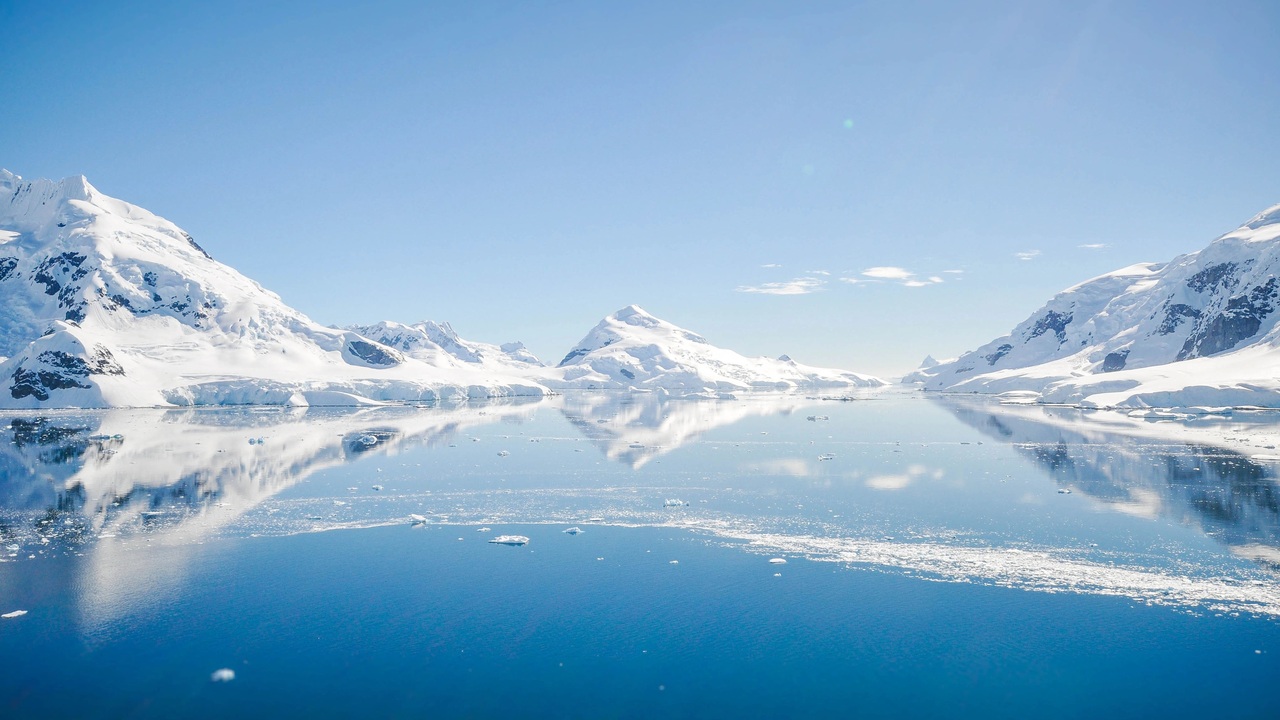Data were collected from 20 Antarctic stations over 40 years and from the ERA-Interim and ERA5 reanalyses. Scientists have documented changes in the Antarctic summer since 1999. Research was conducted in this area in 2022, and experts found that this was due to the repair of the ozone layer over the south pole.
According to the N+1 portal, the end of sudden stratospheric warming in Antarctica after 1999 occurred a month earlier than in the period from 1979 to 1999. This led to high pressure anomalies over Antarctica in the spring, including a weakening polar vortex and rising air temperatures.
The researchers found that from 1979 to 1999, there was a delay in the end of abrupt stratospheric warming that increased by 10.65 days every 10 years due to ozone depletion. Dramatic changes occurred in 1999, after which warming began to occur faster by an average of 8.84 days per 10 years.
Source: Ferra
I am a professional journalist and content creator with extensive experience writing for news websites. I currently work as an author at Gadget Onus, where I specialize in covering hot news topics. My written pieces have been published on some of the biggest media outlets around the world, including The Guardian and BBC News.










